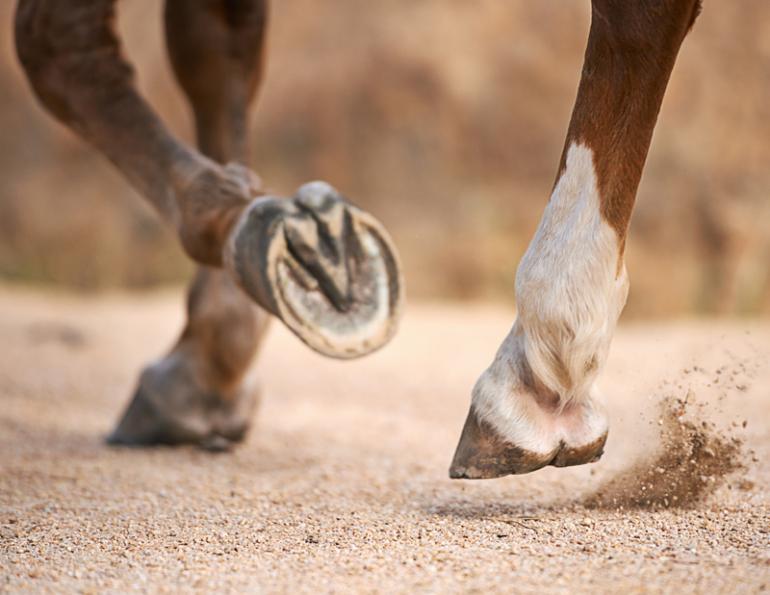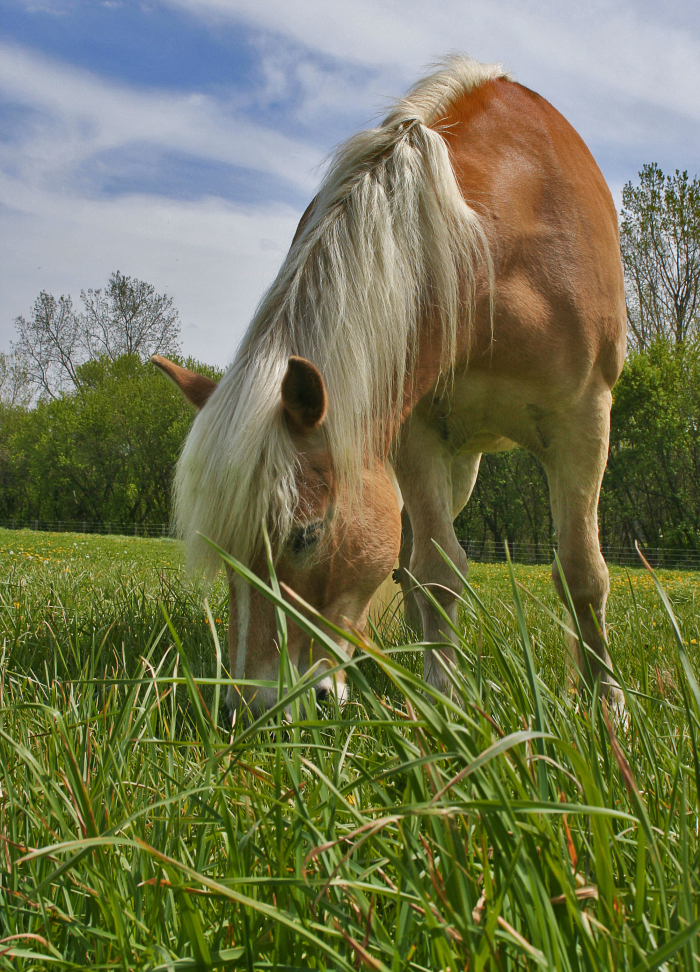There are many different opinions when it comes to horse keeping and making sense of it boils down to your own trial and error to find out what works best for you and your horses. Here are some common horse myths that specifically relate to the fall season.
Myth: Horses grow their winter coat because the weather gets cooler
Horses actually start growing their winter coats when the days start getting shorter. This typically coincides with cooler temperatures which is where the misconception comes from. Not all horses will start growing their winter coats at the same time, either. My Thoroughbred mare starts growing her winter coat in the last week of August to make sure she gets a head start, while my hardier Quarter Horses don’t start fluffing out until a few weeks later.
Putting blankets on your horse when the temperatures drop will not prevent them from growing a winter coat. They may grow less of a winter coat, but they will still have longer hairs than their summer coat. To keep your horse from growing a true winter coat, you need to mimic the longer daylight hours of summer by leaving the lights on in the barn earlier in the morning and later in the evening than the daylight hours of fall and winter. I would only recommend doing this if you have a heavy show schedule all year round and don’t want to have to clip your horse’s winter coat to keep them from overheating or getting chilled while cooling out after winter workouts. Otherwise, it’s much better to let your horses cycle naturally with the seasons.

Myth: Hooves grow slower in the cooler months
Many people believe horses’ hooves grow slower in the cooler months, but this may not always be true for every horse. There are many things that factor in to hoof growth such as diet, environment, and work load. There also may be variations from year to year just due to differences in weather. During a mild winter, your horses may be out on pasture much longer than usual and the extended access to fresher forage may keep hooves growing more quickly than an early winter transition to dry hay. If you pull shoes for winter, you may think your horses’ hooves aren’t growing as quickly when really it may just be that they are wearing their newly bare hooves down more than when they had shoes. Keeping notes in a journal is a great way to track hoof changes and the outside factors that contribute.

Myth: Fall pastures are low sugar
This is a huge misconception that can put many horses at risk. Fall pasture grasses are sometimes even HIGHER in sugar than spring grasses. The cooler temperatures tell the grass to hurry up and grow to prepare for going dormant over winter, which means much more sugar is produced in the blades of grass. Shorter grass is even higher in sugar content than long grasses because of the extra stress on that short grass to grow more before winter. The same founder cautions should be used for fall pastures as with spring pastures. Higher risk horses should wear grazing muzzles or have grazing time reduced if necessary and keep a close eye on all other horses for signs of founder as well.
Observing your own horses and making your own conclusions are the best ways to wade through the sea of myths of horse keeping. What are some horse keeping myths you have heard?
**
Jen and her husband, Clayton, bought their farm in August of 2018 and love living the simple country life. They share their home and farm with their dogs, cats, horses, and chickens. Jen loves learning and is always researching new things for the farm, house, animals, and natural wellness. Her favorite mantra is “thoughts are things” and hopes to inspire and empower people to create abundance and sustainability in their own lives. Follow Jen on Instagram @steelspoonfarm and read her blog at www.steelspoonfarm.com



